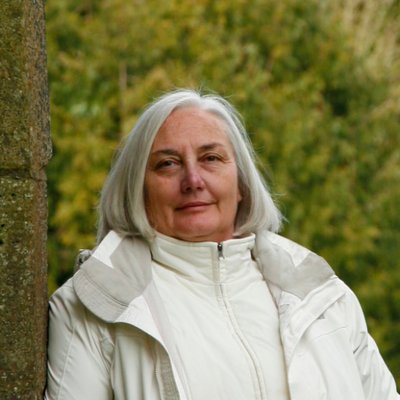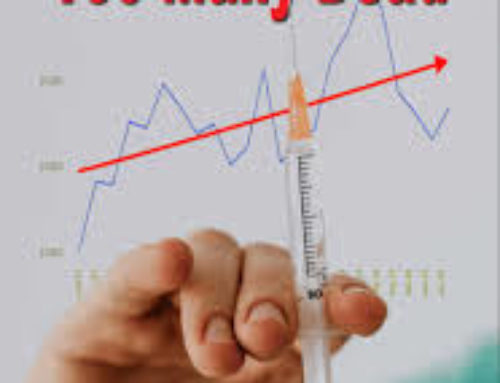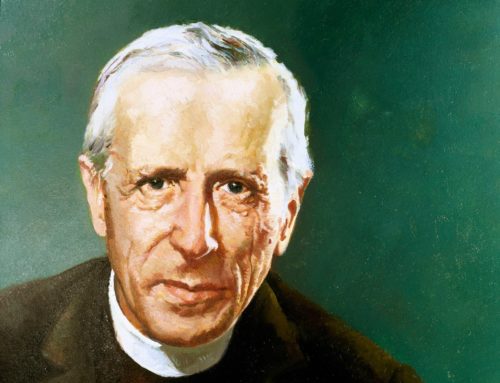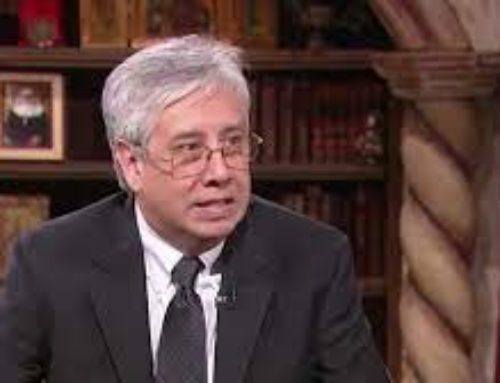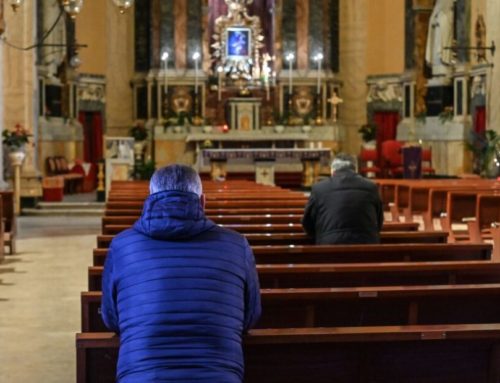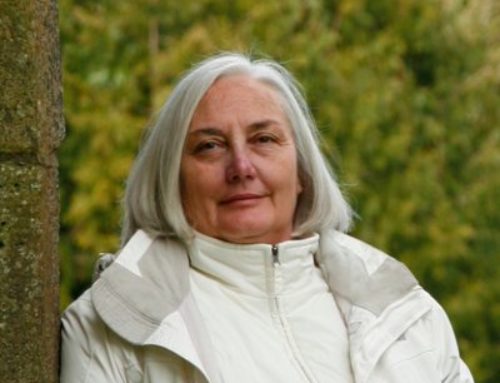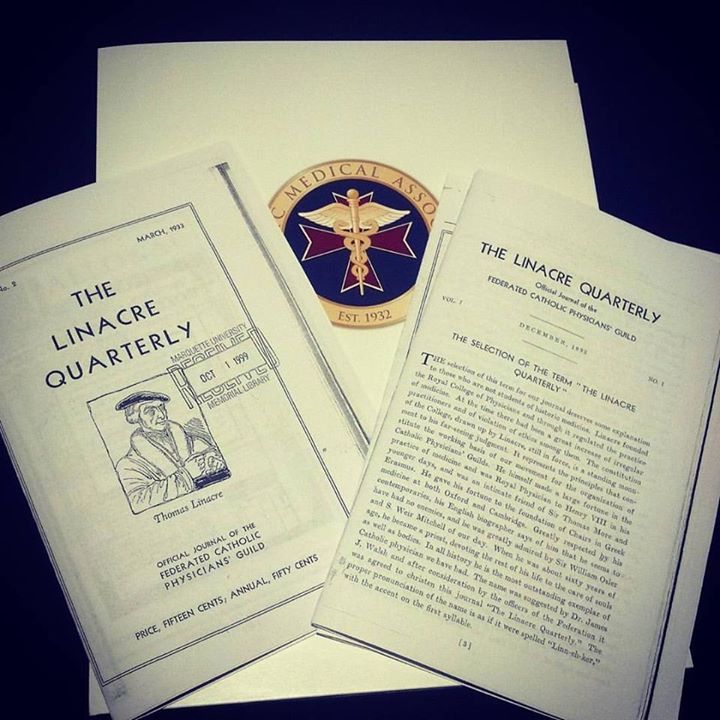
| Article information |

It’s a new year, thanks be to God.
The pandemic, the political unrest, and the economic upheaval of 2020 laid bare in many ways the need for a revived sense of mission at all levels and in all Catholics. The November 2021 issue of The Linacre Quarterly will address what might be called “Capital M” mission: organized, ongoing, and systematic. But there is also something more akin to “small m” mission, much more spontaneous and no less important, mission in which physicians—indeed everyone in health care—share every day. Such “ordinary” mission is essential if we are to restore medicine and our patients to the inherent dignity our faith assigns to them, the topic of the November issue of 2020.
Fortunately for us, we have an abundance of examples to both inform and encourage us. Our retrospective this month focuses on Thomas Linacre, for whom this publication is named, and whose accomplishments ranged widely: introducing Greek and the “New Learning” to the educational system of the day, establishment of the Royal College of Physicians, tutor to the Prince of Wales, and court physician to Henry VIII.
I would like to share here the stories of two other, less well known, Catholics whose zeal for mission illuminates both the basis for and the obligation of Catholics to share faith by serving others.
In the early 1900s, Father Thomas Augustine Judge, CM, ST, a Vincentian priest, was among the earliest of the clergy to recognize the untapped power of the laity in spreading the faith and in the important work of mission. Believing “every Catholic is an apostle in the providence of everyday life,” he established groups of laywoman and laymen (“Cenacles”) to respond to the everyday human needs, ordinary and extraordinary, they encountered in their daily living.
Eventually, Father Judge would be assigned to Opelika, Alabama. Out of his work, there emerged two religious orders (MSBT and ST) as well as formal recognition of the lay cenacles (MCA). Their missions ranged from education to health care to farming, things that the volunteers from the North had little experience of but learned to do because they saw a need to fill.
Father Judge (1923) summed it up this way: “These work-a-day apostles are trained to do missionary work in their every-day life, in that particular situation in which God has constituted them. The subjects are shown what an influence for good they can be; in fact, in the particular providence of their everyday life, they are taught to realize that they are the Church and to be alert for its interests and the welfare of souls.”
Father Judge recognized that not only were the clergy outnumbered by the laity, the laity could enter into places, and into lives, in ways that the clergy could not. Catholics in health care know this too. We are given the opportunity to be the Church in some of the most difficult and delicate situations life can present. Our call to mission is one that is especially important, for God so often speaks to those weak, demoralized, and in pain. Where more than in the care of the sick?
As Father Judge (1924) noted, a Catholic alive in faith and aware of his calling in mission cannot help but communicate that spirit to others: “The apostolic spirit…you are called, this is your vocation…you are called to reservoir that spirit in your own lives, that your own heart may be aflame with it, and you are to spread it; that is your mission.…If you have been trained for any purpose…it is that you might show forth that Christlike spirit, charity in good works…. Why? Because the Holy Ghost wants it communicated; it is His flame, the Pentecostal burning.”
In a remarkably similar and far more colorful way, Sister Blandina Segale, SC, an Italian immigrant, was a missionary in the American Southwest in the late 1800s, where she became something of a legend. She was even the basis for an episode of Death Valley Days, a popular, prime-time television show in the 1960s, The Fastest Nun in the West, which focused on her efforts to stop lynch mobs from subverting justice (https://www.imdb.com/title/tt0556781/; the episode is available on YouTube: https://www.youtube.com/watch?v=pfGOJ3egt2g).
She entered the Sisters of Charity in Cincinnati and served as a teacher in Steubenville and Dayton before being sent (alone) at the age of twenty-two to a new mission in Trinidad, Colorado, and from there to Santa Fe. My own favorite tale of Sister Blandina involves medicine and medical ethics, with a dash of frontier justice thrown in for spice. A member of Billy the Kid’s gang was shot and brought to the town doctors, who refused to treat him because of his notorious reputation, leaving him to die. Sister Blandina nursed him back to health, but the man was understandably upset at his rejection by the town physicians. He came to town to scalp the four of them and was met by Sister Blandina. In a more positive spin on the story of Herod and Salome, the outlaw promised to grant Sister whatever she asked. She promptly asked that the doctors be spared, which is reported to have upset the gunfighter, but saved the lives of the four men (https://www.chcweb.com/catalog/files/billythekid.pdf).
Her practical approach to mission, “Do whatever presents itself and do not omit anything out of hardship or repugnance,” was very much like Father Judge’s (Segale 2019, 29). Sister Blandina eventually found herself in the mission of medicine, building a hospital, caring for the indigent and in bringing to public attention the social–medical problems of human trafficking and juvenile delinquency, and defending the right of sisters to teach while wearing the habit (a confrontation she uncharacteristically lost). She was, by all reports, truly a force to be reckoned with.
I’ve been privileged to see physicians who put into practice what Father Judge and Sister Blandina preached. Everyone in health care has similar stories of the quiet, simple witness of those who understand, whether they can articulate it or not, that their calling is grace and who share that grace with those around them. The human touch of mission, large or small, is a channel that ultimately brings Christ himself to the bedside of the sick. There he heals both the patient and the physician.
God and life present the problems; we don’t have to search for them. It is up to us to solve them in the most faithful way we can. Few of us will be Thomas Linacre, whose life changed the course of thought and science in England. Few of us will establish a religious order, and few of us will ever confront a criminal intent on murder. All of us will encounter the opportunity to share Christ while carrying out the small details of our daily life and work. All of us are called to the apostolate of everyday life, as hidden from view and as important as the hidden life in Nazareth.
Do what is presented to you—do not omit anything out of hardship or repugnance—every Catholic an apostle in the providence of everyday life. Good remedy, I think, for all of us as we recover from the ills of 2021 and strive to make Christ present in its aftermath.Barbara Golder, Editor in Chief
The Linacre Quarterly
Catholic Medical Association, Ft. Washington, PA, USA
References
| Judge, Thomas Augustine . 1923, January 15. “Unpublished Letters, Papers and Spiritual Writings.” Philadelphia Archives of the Missionary Servants of the Most Blessed Trinity, No. 00757. https://media.christendom.edu/1976/03/father-thomas-augustine-judges-ecclesiology-of-the-lay-apostolate/. Google Scholar |
| Judge, Thomas Augustine . 1924, May 31. “Unpublished Letters, Papers, and Spiritual Writings.” A-MSBT Nos. 8478-8479. https://media.christendom.edu/1976/03/father-thomas-augustine-judges-ecclesiology-of-the-lay-apostolate/. Google Scholar |
| Segale, Sister Blandina . 2019. At the End of the Santa Fe Trail. Red Kestrel Books. Google Scholar |

